At the beginning of the years it was published in the Official State Gazette (BOE) Law 2/2023, of February 20, regulating the protection of people who report regulatory infractions and the fight against corruption, which regulated the need to implement internal information systems, commonly called Channels of Complaints.
This is why the obligated subjects, in accordance with the provisions of the second transitional provision regarding the maximum period for the establishment of internal information systems and adaptation of existing ones, must have an Internal Information System and must implement it within the maximum period of three months from the entry into force of said law, that is, the maximum period will be June 13.

What does it mean to launch a Whistleblowing Channel?
But what does it mean to launch a Whistleblowing Channel? What should obligated subjects take into account when implementing this instrument in their organizations? Well, this article will deal with two main policies that the reporting party must have when launching the Whistleblowing Channel. To do this, we will go to what is established in article 5 of Law 2/2023 related to the Internal Information System, which establishes that the following policies must also be in place:
- Have a Policy or strategy that states the General Principles regarding Systems Iinternal of Information and defense of the informant and that it is duly publicized within the entity or organization. (article 5.2-H).
- Have a Procedure for Management of Information Received. (article 5.2-I).

General principles of whistleblowing channels
We are going to go into detail about the general principles that should govern these reporting channels that must be implemented by obligated subjects within their organization, in order to provide adequate protection against retaliation that natural persons who report may suffer. about any of the actions or omissions of members of an organization. Among the GENERAL PRINCIPLES, the following should be highlighted:
- ACCESSIBILITY: the communication channels are clear, public and easily accessible to employees and third parties who wish to file a communication or report.
- GOOD FAITH: It is assumed that the complainant acts in good faith and that said complaint is based on facts or indications from which irregular, illicit, criminal or behavior contrary to the principles and values of the entity in question can reasonably be deduced.
- WHISTLEBLOWER PROTECTION: In the event of any complaint that may be made, regardless of the channel used, the protection of the rights of the complainant will be guaranteed.
- CONFIDENTIALITY: The identity of the person making the report will be considered confidential information and may not be communicated or revealed without their consent.
- OBJECTIVITY AND IMPARTIALITY: once a complaint is received, the right to privacy, defense and the presumption of innocence of the persons subject to it will be guaranteed.
- TRANSPARENCY: The whistleblowing channel is a transparency tool that promotes the trust of people in the organization.
- CONFLICT OF INTERESTS: If any of the people participating in the investigation are involved in the events reported or consider that they may be accused of some type of conflict of interest, they must refrain from participating in the management of the complaint.
- PROHIBITION OF RETALIALS: It is guaranteed that no retaliation, direct or indirect, will be adopted against those people who, in good faith, have reported an alleged irregularity.
- RIGHT OF DEFENSE: The right of defense of the accused will be preserved, providing him with sufficient, clear and concrete information that allows him to know the facts of which he is accused.

The Complaints Management Procedure. What does it consist of?
Once the organization has established the main principles that will govern its internal information system, it has to develop how it will work through the development of a management procedure for the information received. Once you have this procedure and the general principles of the complaints channel, you must communicate it and give it to the members and workers of the organization. What are the main aspects that this Complaint Management Procedure should have? It is a policy that must indicate how each complaint that is presented in the complaints channel will be treated, from its presentation, treatment, investigation, to the resolution of the conclusions or archiving it. Among the main characteristics and sections, there would be:
- Access to the Complaint Channel: Workers must be informed where the complaints channel is located so that they can present the appropriate complaints. To this end, Law 2/2023, of February 20, regulating the protection of people who report regulatory infractions and the fight against corruption, establishes different characteristics: it must allow communications to be made in writing or verbally, or both. shapes. The information may be provided either in writing, through postal mail or through any electronic means enabled for this purpose, or verbally, by telephone or through a voice messaging system. The organization must indicate the appropriate web address, email or telephone number.
- Reception of communications in the Complaints Channel: the sending by any interested party of a communication through the Complaints Channel will result in the sending of an “acknowledgment of receipt” by the person responsible for the internal information system, as long as the complainant has not filed an anonymous complaint. The acknowledgment of receipt will be sent by the person responsible within 7 calendar days following receipt of the communication. All communications, whether queries or complaints, that are received through the Complaints Channel will be assigned a unique reference number with which to identify them throughout their processing, and which will be provided to the issuer of the same.
- Complaint processing procedure. Once a complaint is received through the Complaints Channel, it will be accepted for processing or filed by the person responsible for the internal information system, informing the complainant of either of the two circumstances, as long as the complainant has not decided to present it anonymously. . Admission for processing will begin the investigation phase, which may not be longer than 3 months, except for exceptional reasons.
- Completion of the Investigation. The investigation will end with a Report that must contain the following issues: facts or conduct that are the subject of the investigation, possible violations of any policy, procedure or internal regulations, detailed analysis of the investigation carried out (actions that have been carried out, interveners, departments affected, etc…). Resolution proposal and response actions.
Don't miss all the latest news on Data Protection & Regulatory Compliance from the best professionals in the sector in our Professional Master in Compliance & Data Protection Management




































